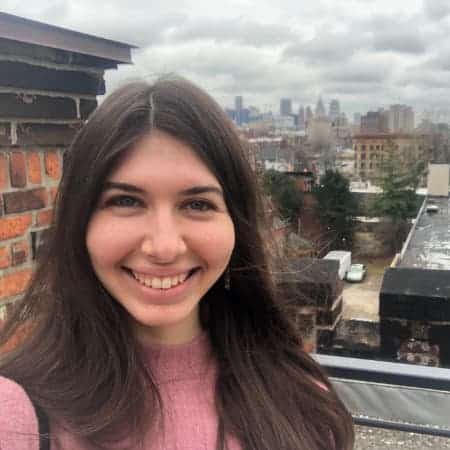Which Coffee Has The Most Caffeine?
It’s every barista’s worst nightmare of a question. Especially at 6:13 on a Monday morning, when neither of us is awake.
Which coffee has the most caffeine?
It’s a question every coffee drinker has at some point, and it’s a tough one to answer, because, well, it depends. On several things.
Whether you’re looking to lessen (or maximize!) the caffeine content in your favorite coffee drink, or you’re just curious, let’s get to the bottom of caffeine in coffee once and for all.
We’ll look at each aspect that affects the amount of caffeine in a cup of coffee, from bean to brew.
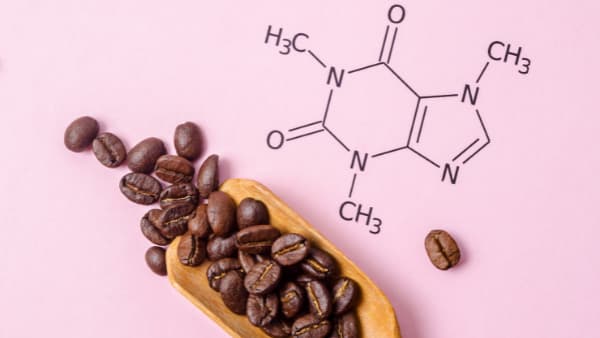
Variables Impacting Coffee Caffeine Content
There’s no easy answer to the question “Which coffee has more caffeine?”
Multiple factors affect the how much caffeine is in any coffee drink, particularly:
- Bean type
- Roast type
- Brew method
Basically, the caffeine content in coffee comes down to the variety itself (the coffee beans and how they’ve been treated) and the way that coffee brand is prepared.
And when it comes to a cup of coffee, the amount of coffee grounds you use to brew your drink can also impact the caffeine content. Stronger brewed coffee usually has more caffeine than weaker coffee made with a lower ratio of grounds to water.
The Bean
How much caffeine coffee has is first impacted by the type of bean.
There are two primary types of coffee beans: Robusta and Arabica.
Robusta coffee beans have about twice as much caffeine as Arabic beans. Specifically, Robusta beans average 22 mg of caffeine per gram (2.2%), while Arabica beans average just 12 mg of caffeine per gram (1.2%).
Robusta beans have more caffeine than all other bean types, too, by at least 25%. The average bean has 1.9 mg, while Robusta beans average 2.9 mg each.
But Arabica beans are the most common variety, making up more than 60% of beans produced and sold worldwide.
So while you would need to know the coffee bean type to truly know how much caffeine is in your cup, other factors may be more relevant when you’re trying to increase (or decrease your caffeine intake.
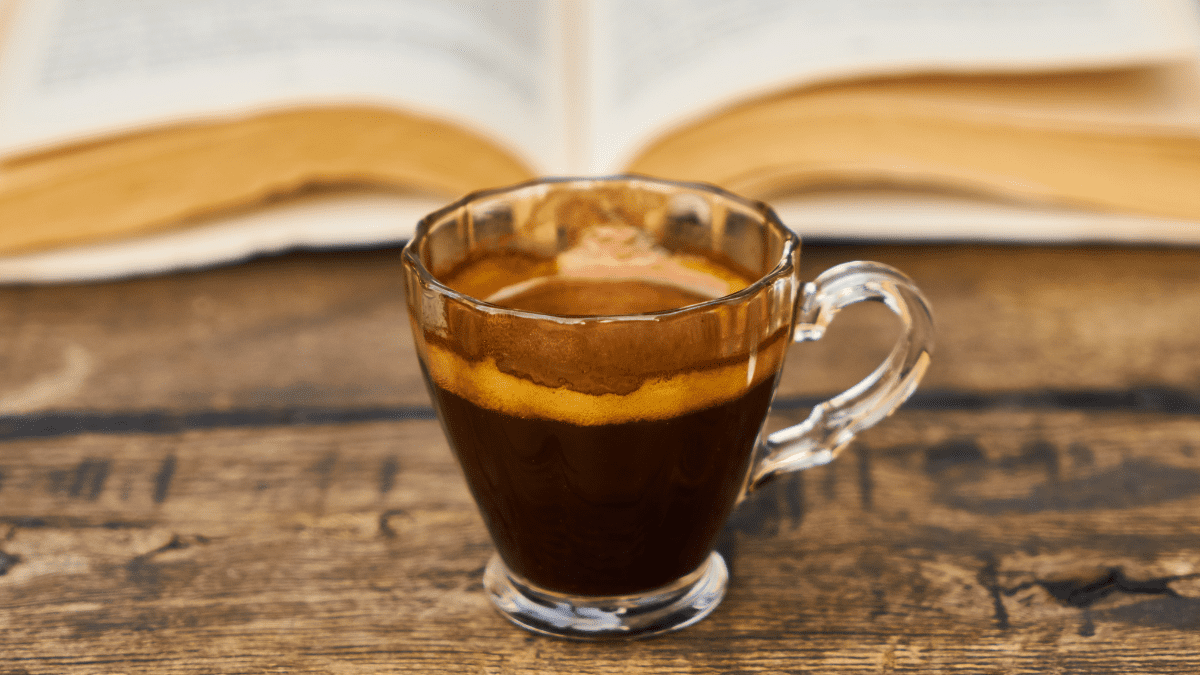
Roast Type
If I had a nickel for every time a customer used to tell me they “LOVED coffee. and only dark coffee,” because they “needed all the caffeine,” well, I’d have five bucks at least.
It’s true that different coffee roasts have different relative caffeine contents. (‘Relative’ because other factors play a role, as you’re beginning to see.) But it’s a misconception that dark roasts are more caffeinated.
The difference in the amount of caffeine in dark vs light roasts is actually a modest one. But technically, light roasts have slightly more caffeine.
Dark roasted beans are roasted longer, which means more of the caffeine gets burned off during the process. Lighter roasts stay light colored because they roast for shorter times — meaning less caffeine will burn off. Medium roasts fall between the two.
That slight difference in caffeine is easily offset if you weigh coffee before brewing, though.
Dark roast beans dry out more during roasting (because they’re roasted longer), making them less dense and relatively lightweight compared to light roast beans.
So if you weigh coffee instead of scooping it, you will need slightly more of a dark roast to get the same weight as a light roast when brewing coffee. By the time you even out the weight you’ve pretty much mitigated the fact that a light roast has more caffeine.
Coffee Brands
But within roast types, each coffee variety is unique.
We have a full list of the strongest coffee brands with options like Black Label Coffee which has 1,350 mg of caffeine per serving (12 oz) or Biohazard Coffee, which has 928 mg per serving.
But if you want something less caffeinated, you can look for low-caf and half-caf brands. You can even buy decaf coffee and mix it with caffeinated roasts to make your own semi-caffeinated coffee drinks.
Brew Method
Day to day, the biggest impact in caffeine content comes from the brewing method.
Most of us buy similar or the same coffee every time; that’s even true of smaller coffee shops. So if you want something with more caffeine than usual one day, consider swapping the brew method.
French Press
In general, French press coffee has lower caffeine levels, approx. 108 mg of caffeine in an 8-ounce cup. (Aside from decaf, which averages 2 mg across most brewing methods.)
Extra brew time can add a little caffeine (though some 90% of caffeine is extracted within the first minute of brew time with most methods), but the big factor here is the grind size.
Finer grinds offer extra caffeine, but since French press uses coarse grounds, there’s lowered potential for caffeine extraction here.
Instant coffee is even lower; one cup has anywhere from 30-90 mg depending on the brand. This is because instant is technically watered down already.
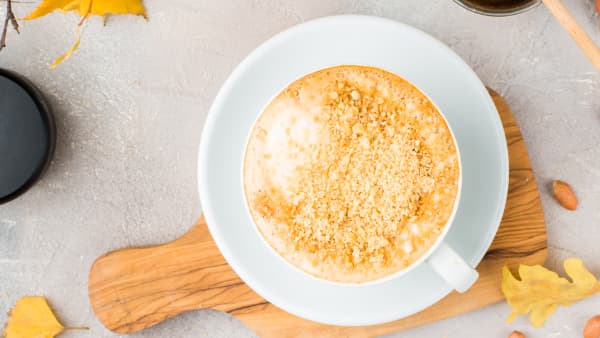
Instant
Instant coffee is freeze dried coffee (not beans), so when you add more hot water to revive it into a drinkable liquid, you’ve used less coffee to get the total amount of liquid than you would for most brewing methods.
Drip
Drip coffee can vary from 80-145 mg per cup, averaging at about 95 mg. But it can reach as high as about 200 mg per 8-ounce cup of drip coffee with a percolator or automatic drip maker.
This can vary by precise method (e.g. manual pour over drip coffee vs drip coffee from a machine), grind size, and brew strength.
Grinds for drip coffee are slightly on the coarser side of the grounds spectrum, but vary by the tools you use (and taste). If your method uses medium-coarse grounds like Chemex
If you’re using medium grinds for an automatic drip coffee machine, you might get a little more caffeine out.
Espresso
Espresso, believe it or not, is not exactly the caffeine punch we think of it as! A double shot of espresso, or doppio, averages 125 mg caffeine (it’s about 63 for a solo).
So while espresso has a ton of caffeine by volume — and what it does have can hit your system quickly — it doesn’t always mean you’re getting as much in total as you would by drinking drip coffee.
It does mean, however, that all espresso-based coffee drinks like lattes, Americanos, cappuccinos, etc. are going to average 125 mg, too.
Note: Each shop varies the number of shots included in a given size of espresso-based drinks. The easiest way to calculate the caffeine in your latte is to multiply the number of shots by 63.
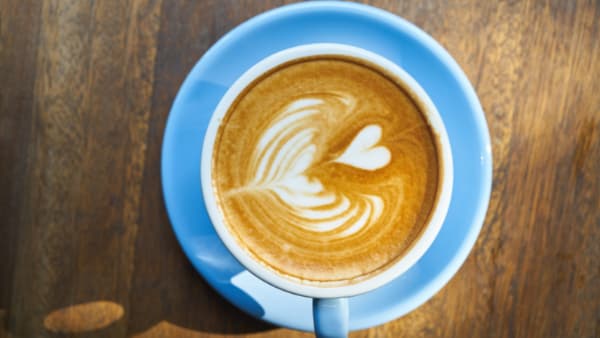
Cold Brew
Cold brew has room for variation in caffeine content since you can brew it for much longer times and since everyone has their own sweet spot for a grounds to water ratio.
Most cold brews will average 100 mg per 8-ounce cup.
Despite the super long brew times, cold brew uses coarse grounds which diminish extraction. And anyway, after a minute or so there is much less caffeine left to be extracted no matter how many hours your brew sits.
Interestingly, nitro cold brew coffee has more caffeine, averaging 130 mg, though this is because it’s usually brewed even stronger.
In addition to the brew method, factors like brew time and the ratio of coffee grounds used to make a drink can also up the amount of caffeine in brewed coffee drinks.
Wrapping Up: What Coffee Has The Most Caffeine?
So what coffee has the most caffeine?
As you now know, that really depends .
To maximize caffeine content, consider factors like swapping Arabica beans for Robusta, considering lighter roasts or brands known for maximizing caffeine levels, and opting for brew methods like drip or percolator that tend to extract the most caffeine for your cup of coffee.
Gauging which coffee has the most caffeine is difficult, but luckily there are plenty of ways to ensure you’re getting a little more caffeine when drinking coffee — or less, if you put everything in reverse.
Frequently Asked Questions
What kind of coffee has the most caffeine at Starbucks?
Among coffees you can buy, Starbucks’ Sumatra Clover roast has the most caffeine. An 8 oz cup of Sumatra Cover brewed coffee (drip) has 188 mg.
Ordered straight off the menu, a Venti Pike’s Place brewed coffee (drip) has about 380 mg.
Of course, you can always make Starbucks’ drinks stronger by adding espresso shots. The most caffeinated drink you could order would likely be a Venti drip coffee with 2 or more espresso shots, but that’s a super high caffeine content.

